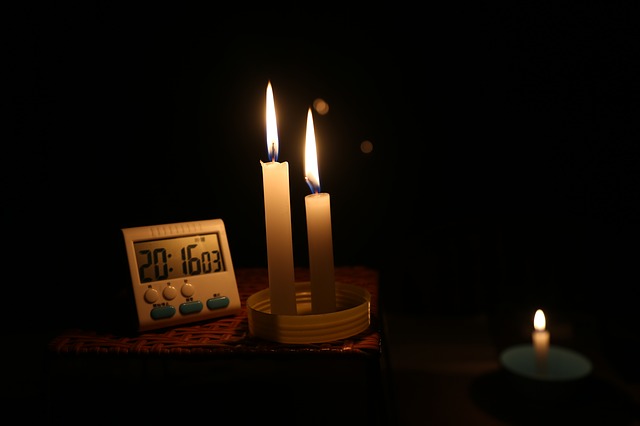Power outages are a common issue during spring storms in Texas, lasting from a few minutes to several hours. The key is to stay prepared. Below are some tips to help you prepare for power outages caused by storms or other reasons.
Invest in emergency lighting.
Most likely during a power outage you are going to need to move from one place to another in your house, and sometimes this will be when it is also dark outside so that you have no natural light. For your safety, lighting your surroundings is key.
One of the easiest DIY fixes you can do is installing rechargeable flashlights throughout your home. These types of emergency lights plug into electrical outlets, and when the electricity goes out, they turn on and provide lighting. These are important in really critical areas, such as stairways. What’s great is that you can unplug them and carry them with you as you move around.
Have alternate lighting.
Once you have lighted your critical walkways, you may need additional lighting in other areas. These can be sources such as candles, camp lights, solar lights, and similar items. You will want to make sure that you have these on hand, and that you know where to find them even in the dark. Just be sure that anything that uses an open flame is closely monitored.
Consider your morning wakeup call.
If the electricity goes out and you rely upon an electric alarm clock, your alarm may also turn off, and you probably still also need to get to work and school on time. This is a perfect time to use an alarm on your phone, or use an alarm clock that has battery backup.
Have phone backup chargers.
If you know a storm is headed your way, be sure to charge your phone. Also keep backup chargers on hand. These can be rechargeable battery packs, or even solar-charged packs. These can be critical if you need emergency assistance.
Other areas of your home.
Other less critical things to remember is that if your hot water heater is electric, your morning shower may be pretty cold.
You also do not want to open your refrigerator or freezer. Keep all of the cold air inside as long as possible. A refrigerator will keep food cold for about four hours, after which time you will want to dispose of the majority of items (check health resources for a full list). A full freezer that is unopened can last 48 hours (or 24 hours for a half-full freezer).
For a professional home or commercial inspection in the Dallas/Fort Worth Metroplex that will provide you peace of mind, schedule your inspection now
Call
682-351-2267
or book online



